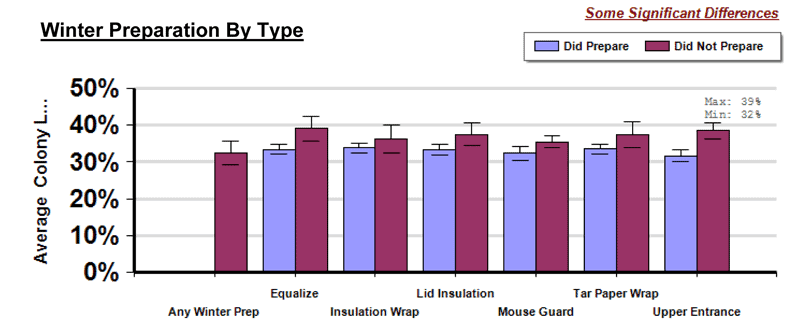I ONLY recommend feeding dry sugar if feeding is necessary to accomplish YOUR goal of keeping a hive from starving. Let me be very clear that the proper way to keep bees in the TF concept is to let an established hive die if it refuses to gather enough honey to survive the winter. They are not pets. They are not rabbits. You don't need to dump food in their home. Their very purpose is to go out, get food, and bring it back to you.
That being said, sometimes when you're just starting out, or starting with packages (not recommended) or the first winter with a swarm or a split, feeding might be necessary to accomplish YOUR goal of the hive not dying. I find syrups to be very risky because they cause robbing and bees will refuse to take them in the winter. Pollen substitute should never be fed for the simple reason that the best way to stimulate hive to make brood in the spring is to have bees well adapted to your area. Feeding dry sugar has the benefits of: minimal amount of work, not stimulative, will not cause robbing, cannot be fed except in winter when needed, and will not end up in next year's honey crop.
How to do it, Follow these steps:
1. Open the top of the hive.
2. Find the cluster.
3. Remove empty boxes above the cluster. (If you have boxes of honey above the cluster, then you don't need to feed. Only do this if there is not enough honey left to survive the winter).
4. Place a paper towel on the top bars right above or on top of the cluster. Those shorter sheets work well because three of them are about the size of the box.
5. Pile sugar on the paper towel. If bees are flying, you may want to moisten it. I recommend not doing this until well into winter so bees aren't flying.
6. Place an empty box on the top of the hive around the sugar. The shorter the box the better. My favorite is the bottom three inches of a box sawed off a deep box to make a medium. But a medium or shallow or even deep will work.
7. Put the lid on.
8. As needed, open the top, lay down another paper towel, and pile more sugar on. The bees will only use what they need.
9. At the end of winter, remove chunks of sugar and store for reuse next year.
1. Open the top of the hive.
2. Find the cluster.
3. Remove empty boxes above the cluster. (If you have boxes of honey above the cluster, then you don't need to feed. Only do this if there is not enough honey left to survive the winter).
4. Place a paper towel on the top bars right above or on top of the cluster. Those shorter sheets work well because three of them are about the size of the box.
5. Pile sugar on the paper towel. If bees are flying, you may want to moisten it. I recommend not doing this until well into winter so bees aren't flying.
6. Place an empty box on the top of the hive around the sugar. The shorter the box the better. My favorite is the bottom three inches of a box sawed off a deep box to make a medium. But a medium or shallow or even deep will work.
7. Put the lid on.
8. As needed, open the top, lay down another paper towel, and pile more sugar on. The bees will only use what they need.
9. At the end of winter, remove chunks of sugar and store for reuse next year.
That's all there is to it. But remember, if you have a sufficient number of hives to absorb losses, it would be better to let poor performers pass on and replace them next year. Better yet, go into winter with more hives than you want or need so your losses will actually help your accomplish having the number of hives you want rather than work against it.


